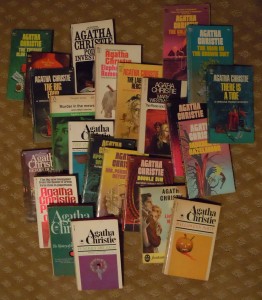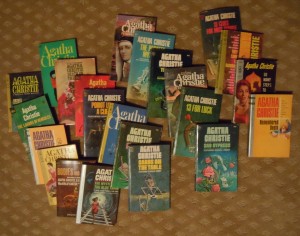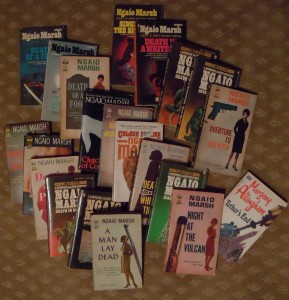-
Blue Remembered Earth
- by Alastair Reynolds
- HC, Victor Gollancz, © 2012, 502 pp, ISBN 978-0-575-08827-6
Blue Remembered Earth is near-future SF, taking place in the 2160s. Following two centuries of climate change (global temperature shifts, depletion of traditional energy supplies, rising sea levels), Africa is on the cusp of displacing China as the dominant world power. The powerful Akinya family dominates Africa and has interests throughout the solar system, to which humanity is still confined.
Geoffrey Akinya and his sister Sunday are inheritors of the Akinya legacy, but both are marginalized by their family due to a shared lack of interest in its business affairs: Geoffrey researches elephants, while Sunday is an artist on the moon. But when their grandmother Eunice dies, their business-oriented cousins enlist Geoffrey to go to the moon to check out a safety deposit box she left behind. What he finds sends him and his sister on a treasure hunt throughout the solar system, following her path as an early explorer of Mars and beyond, despite great resistance from their cousins.
The novel has two major characteristics: It’s a world-building endeavor, and it’s a science fictional mystery involving a trail that Eunice left for her family to follow.
In general, I’m not a big fan of near-future SF, because the ideas are not big enough to satisfy me, and I’m just not terribly interested in extrapolating our current situation out only a century or two (i.e., a period where things are largely similar to our world today with some fairly straightforward changes). I appreciate what, for example, Charles Stross is doing in Halting State and Rule 34, but it’s more the story than the setting which pulls me along. I particularly dislike settings like that of Paolo Bacigalupi’s The Windup Girl, with dreary settings, little hope, and unlikeable characters.
Blue Remembered Earth falls into a slightly different category: The setting isn’t dystopic, and the story is a mystery wrapped in the shrouds of history (a bit like Jack McDevitt‘s Alex Benedict novels in that way). Rather than the characters playing out a set of movements implied by the setting, they’re involved in their own story against a slightly exotic locale. And the mystery implies that there’s something a little more advanced out there as well, assuming it pays off properly. (I’ll talk about the mystery in more detail behind a spoiler cut below.)
This is one of Reynolds’ best efforts at world-building, and he does a good job of laying things out without it becoming tedious (although I did find Geoffrey’s research with elephants to be hard going). Some of the big hooks involve an omniscient surveillance system called the Mechanism which has essentially eliminated violent crime, aquatic transhumans, and most humans having virtual reality implants. There’s also a tension in manned space exploration being potentially supplanted by unmanned, as artificial intelligence gets to the point that it can take on the risks so humans don’t have to. (And if that sounds like a disappointing development, well, that’s one of the themes of the book.)
Geoffrey and Sunday’s quest operates as a travelogue of the solar system, as Geoffrey goes to the moon where he visited Sunday in the “Descrutinized Zone”, which is free of the Mechanism. There’s also a trip to Mars, which is just barely on the civilized side of being a frontier and has a few amazing wonders of its own. They’re accompanied in this by a telepresence simulation of Eunice herself, who embodies the character of the woman but naturally lacks many of her memories. But as Eunice was both family to the pair, and a significant figure in the exploration of the solar system, she plays a significant role.
Reynolds’ characterizations are not his strong suit, and BRE is not out of step with the rest of his work in this regard: Geoffrey, Sunday and Eunice are reasonably drawn, the other characters are largely two-dimensional. And there’s not a lot of character development – Geoffrey struggles a bit with not wanting to make waves with his family beyond what’s necessary for his research, but doesn’t want to just roll over and do whatever the cousins want, either. This tension does come to a head, but the resolution is somewhat dictated by outside forces, so there’s not a moment of epiphany or a significant character shift for him.
Blue Remembered Earth is sometimes noted as the first volume of a series titled “Poseideon’s Children”, but there’s almost no indication of that in the edition I have (save an offhanded comment in the author’s afterward), and the book in fact stands on its own perfectly well, not so much the first of a series as a novel which could have sequels.
Overall it’s a pretty good book, an enjoyable ride, probably sitting somewhere in the middle of Reynolds’ oeuvre in my opinion.
As promised, a little more spoilery commentary on the mystery side of the story after the cut:










